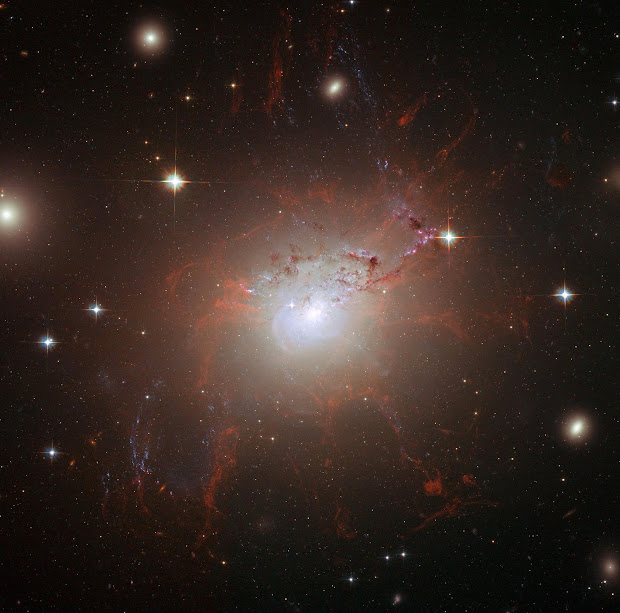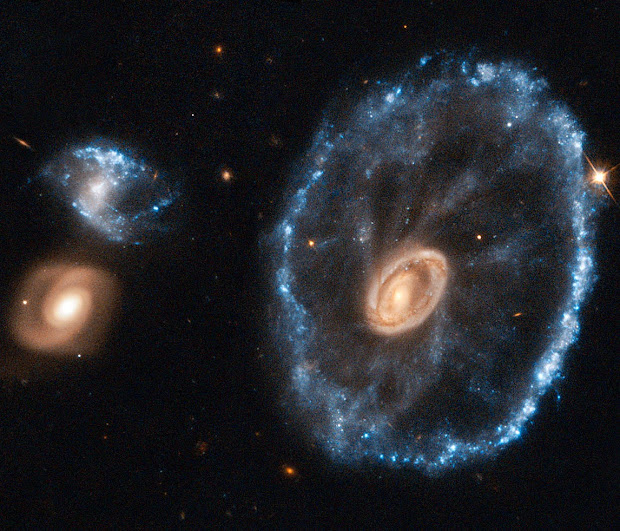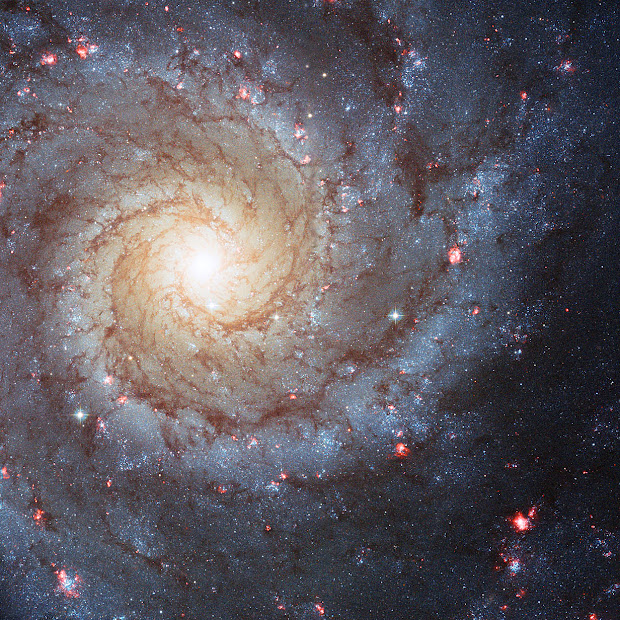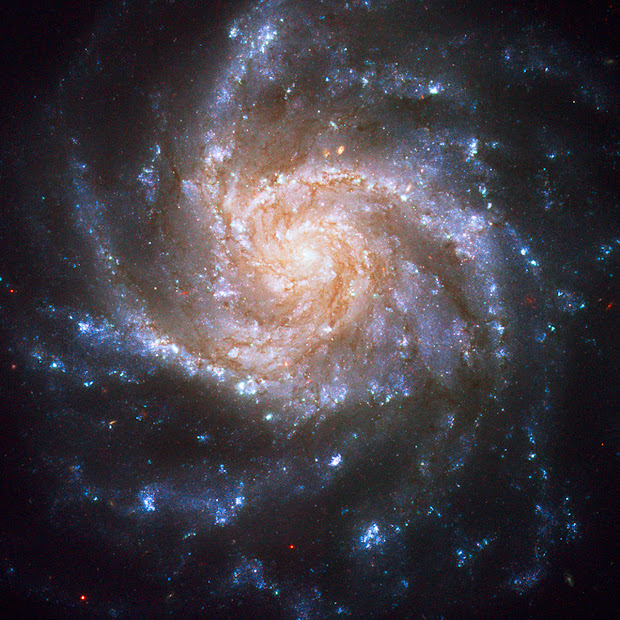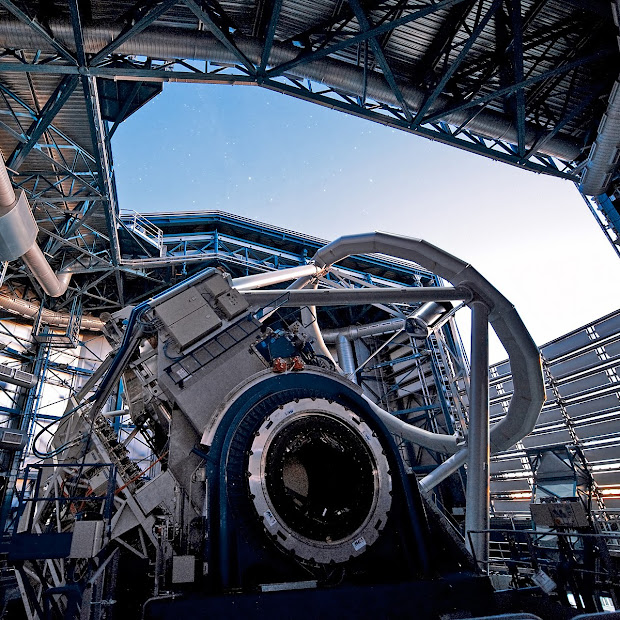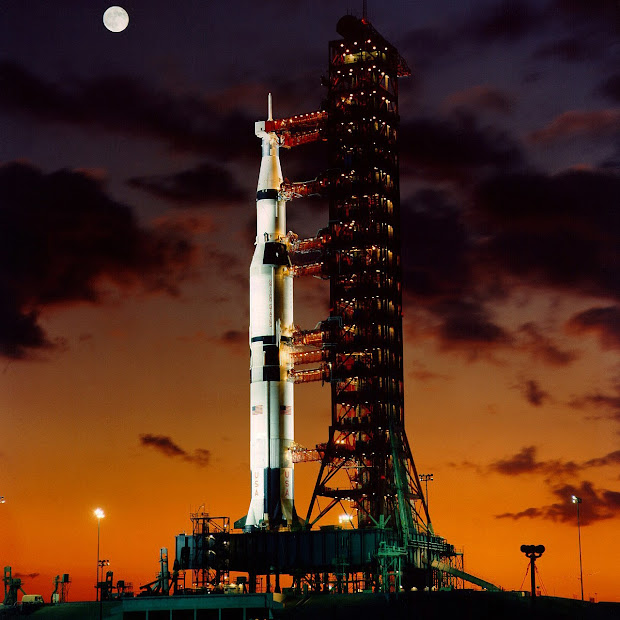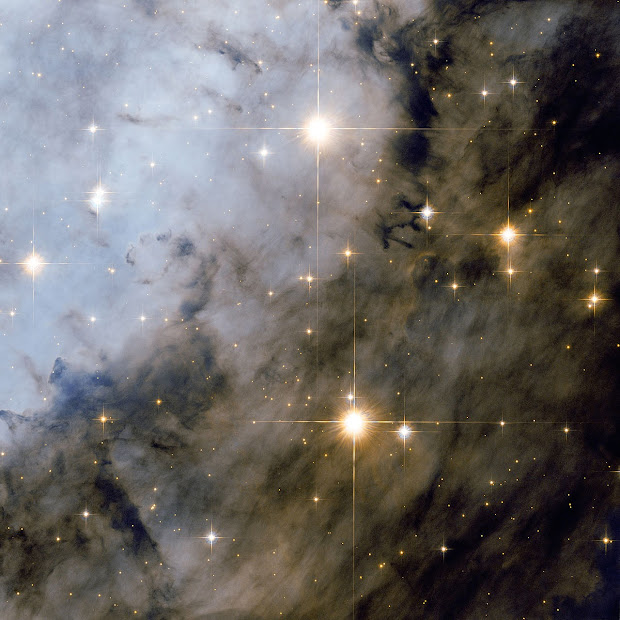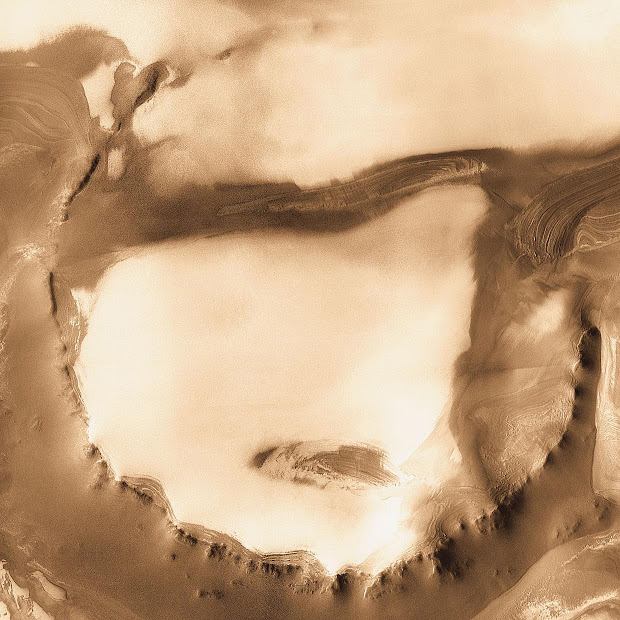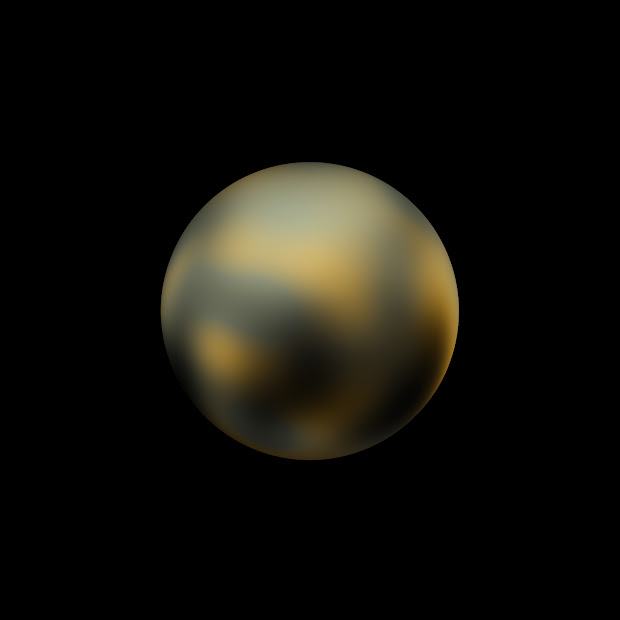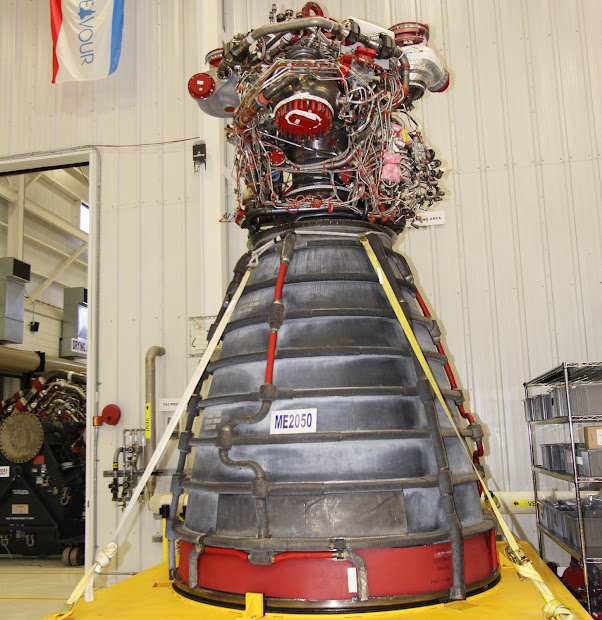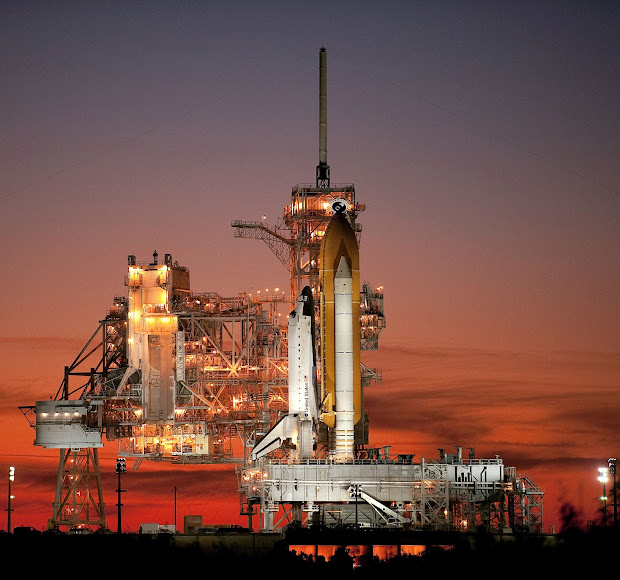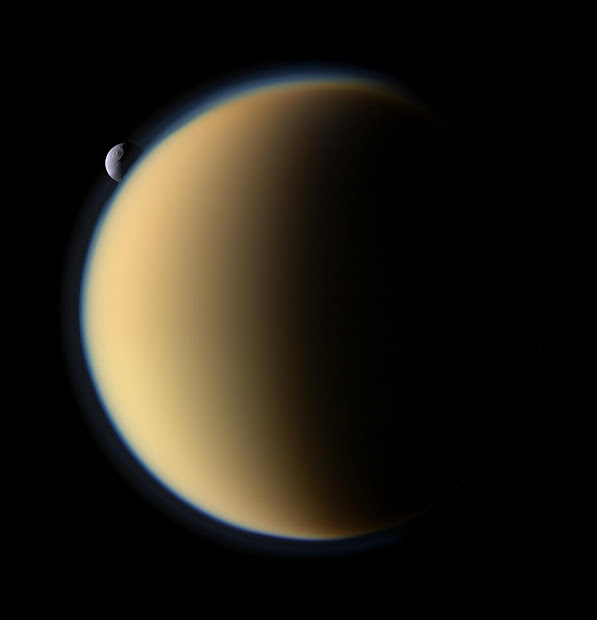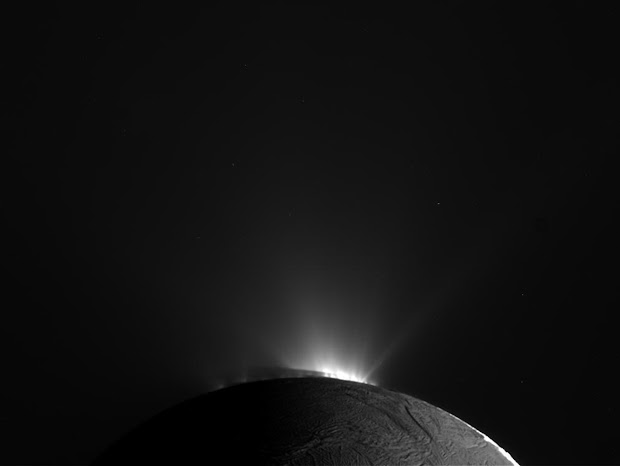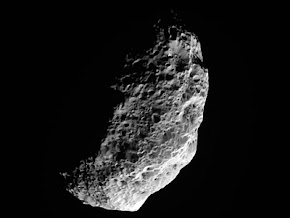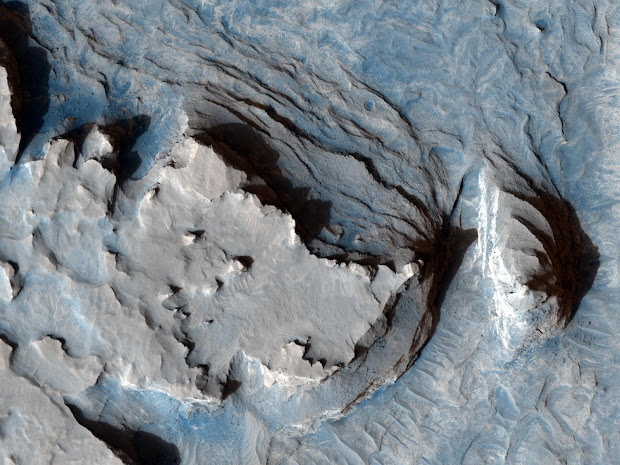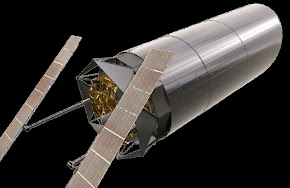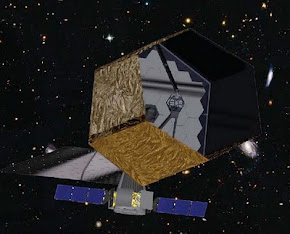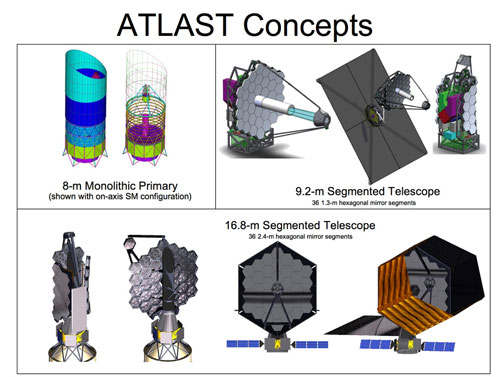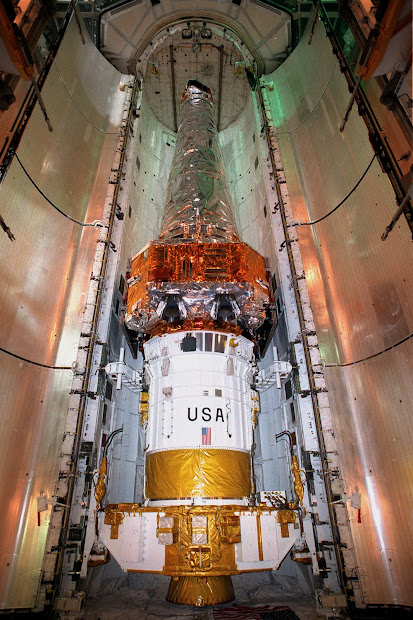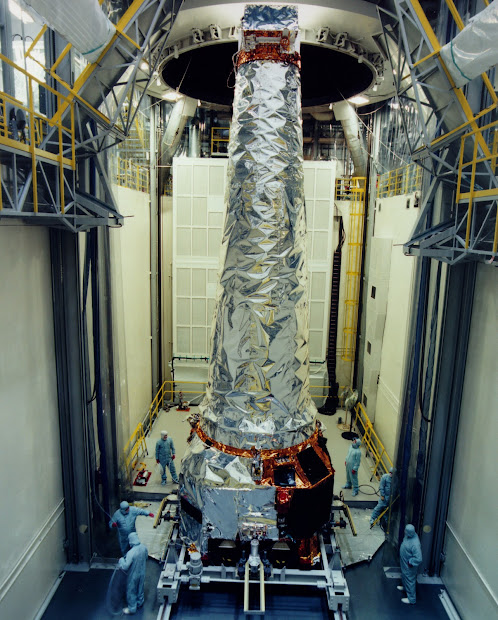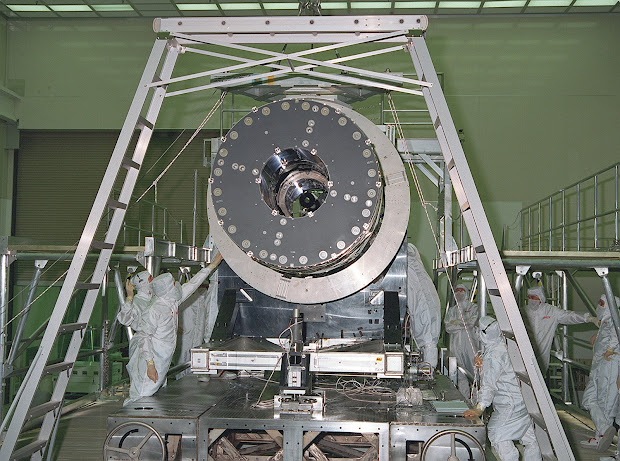The Advanced Technology Large Aperture Space Telescope (ATLAST) is a NASA strategic mission concept study for the next generation of Ultraviolet-Visible-Infrared (UVOIR) space observatory. ATLAST will have a primary mirror diameter in the 8-meter to 16-meter range that will allow scientists to perform some of the most challenging observations to answer some of the most compelling astrophysical questions.
The greatest leaps in our understanding of the universe typically follow the introduction of radically new observational capabilities that bring previously unobserved phenomena into view. Some, such as the unambiguous detection of life on an Earth-like planet orbiting another star, will be profound yet conceivable. Others are entirely beyond our imagination. All forever change our view of our place in the universe.
ATLAST is envisioned as a flagship mission of the 2025 - 2035 period, designed to address one of the most compelling questions of our time. Is there life elsewhere in our Galaxy? It will accomplish this by detecting "biosignatures" (such as molecular oxygen, ozone, water, and methane) in the spectra of terrestrial exoplanets.
But ATLAST is more than just a "life-finder". ATLAST will have the performance required to reveal the underlying physics that drives star formation and to trace the complex interactions between dark matter, galaxies, and the intergalactic medium. Because of the large leap in observing capabilities that ATLAST will provide, we cannot fully anticipate the diversity or direction of the investigations that will dominate its use - just as the creators of HST did not foresee its pioneering roles in characterizing the atmospheres of Jupiter-mass exoplanets or measuring the acceleration of cosmic expansion using distant supernovae.
ATLAST will have the versatility to far outlast the scientific vision of current-day astronomers.
NASA has identified two different telescope architectures, but with similar optical designs, that span the range in viable technologies. The architectures are a telescope with a monolithic primary mirror and two variations of a telescope with a large segmented primary mirror.
Artist's concepts of two ATLAST designs. Top: 8-meter monolithic mirror telescope (credit: MSFC Advanced Concepts Office). Left: 16-meter segmented mirror telescope.
The concepts invoke heritage from HST and JWST design, but also take significant departures from these designs to minimize complexity, mass, or both. ATLAST will have an angular resolution that is 5 - 10 times better than the James Webb Space Telescope (JWST) and a sensitivity limit that is up to 2000 times better than the Hubble Space Telescope (HST).
Two of the concepts, the 8-meter monolithic mirror telescope and the 16.8-meter segmented mirror telescope, span the range of UVOIR observatories that are enabled by NASA's proposed Ares V launch vehicle, which is part of Project Constellation. The 8-meter ATLAST offers the inherent advantages of a monolithic aperture telescope in terms of high-contrast imaging and superb wavefront control. The 16-meter ATLAST represents a pathway to truly large apertures in space and uses the largest extrapolation of a JWST-like chord-fold primary mirror packaging. However, the ATLAST mission is not solely dependent on Ares V. The third concept, a 9.2-meter segmented telescope, is compatible with an Evolved Expendable Launch Vehicle (EELV) and also adopts JWST design heritage. The ATLAST technology development plan is supported with funding from NASA's Astrophysics Strategic Mission Concept Study program, the Goddard Space Flight Center, the Marshall Space Flight Center, the Jet Propulsion Laboratory (Caltech) and related programs at Northrop Grumman Aerospace Systems and Ball Aerospace and Technology Corp.
In both designs, ATLAST will be able to be serviced, much like the HST has been. Using either a robotic ferry (the currently proposed method), or an astronaut crew flying in an Orion spacecraft (which will allow NASA to gain experience for future manned Solar System missions), instruments such as cameras would be replaced and returned to Earth for analysis and future upgrades. Like the HST and proposed JWST, ATLAST would be powered by solar panels.
ATLAST would either be launched from the Kennedy Space Center's Launch Pad 39A by an Ares V rocket or, if the 9.2-meter design is adopted, from NASA facilities capable of launching EELVs. Much like the proposed Orion/Altair flights to the Moon, the Ares V will place ATLAST and the Earth Departure Stage (EDS) into a "parking" orbit, while engineers check out the systems of both the EDS and the ATLAST. Once cleared, the EDS will fire again and ATLAST will then begin a three-month journey to the Sun-Earth L
2 Point, entering a so-called "halo orbit" around the point once it is reached. While en route to the Sun-Earth L
2 Point, the segmented versions of the telescope would deploy their optics.
Servicing missions, launched every 5 to 7 years, would allow astronomers to upgrade the ATLAS Telescope with new instruments and technologies. Like the HST, ATLAST should have a 20-year lifespan.
Credit: Northrop Grumman Aerospace Systems and NASA/STScI









